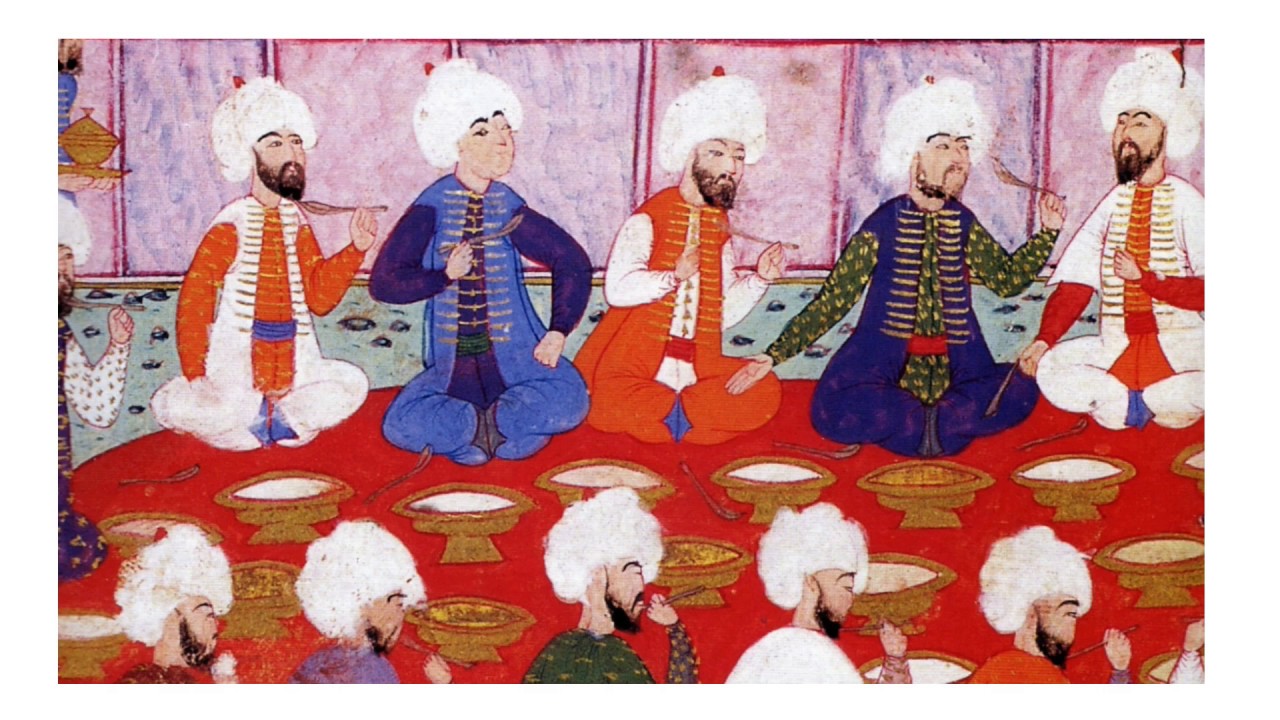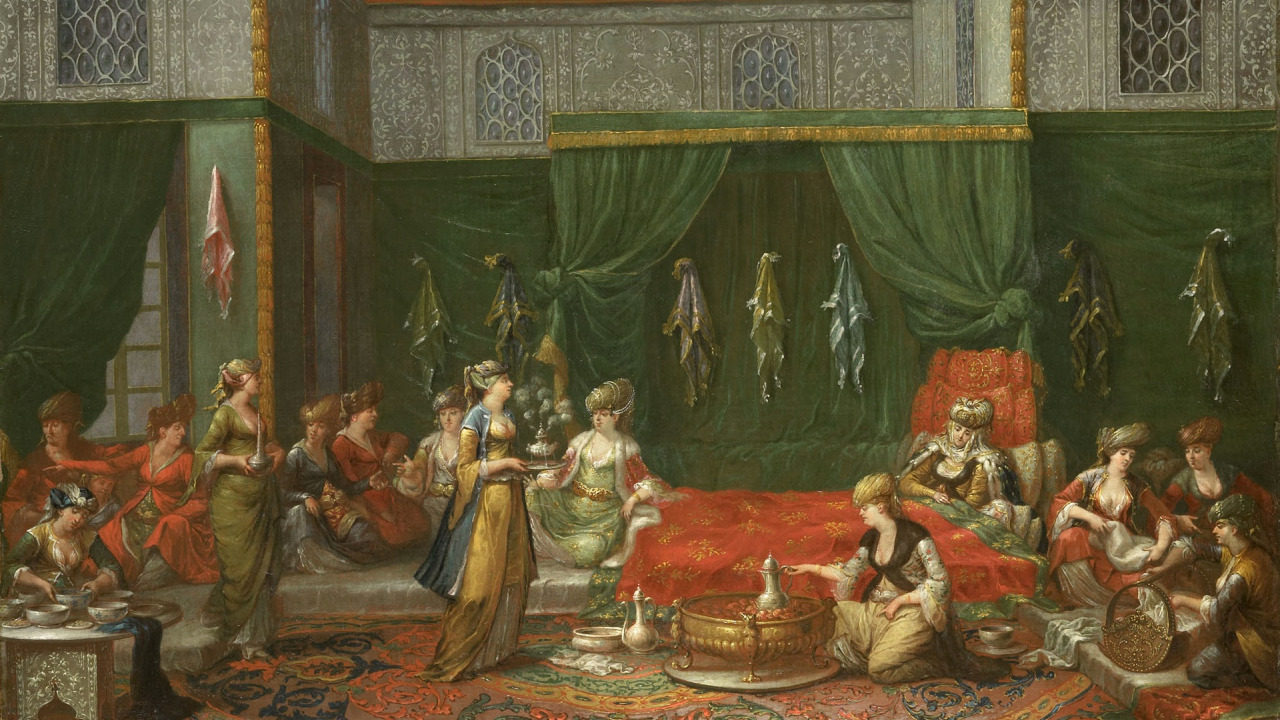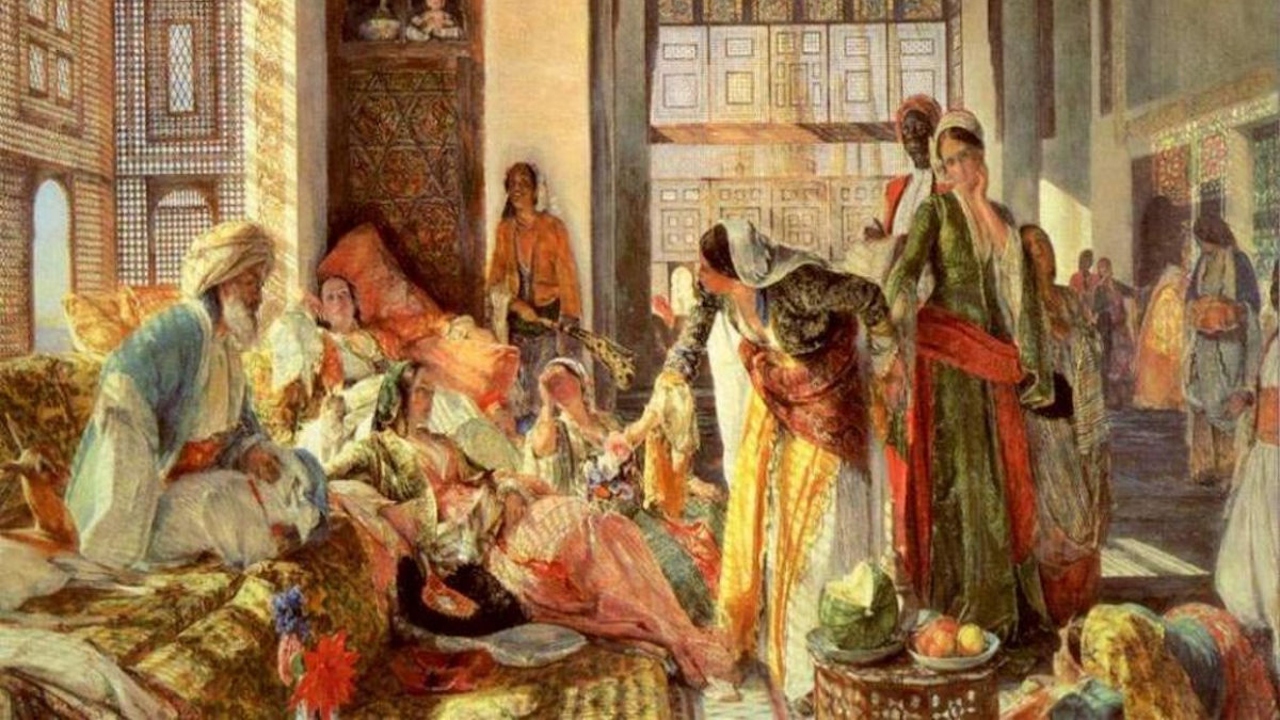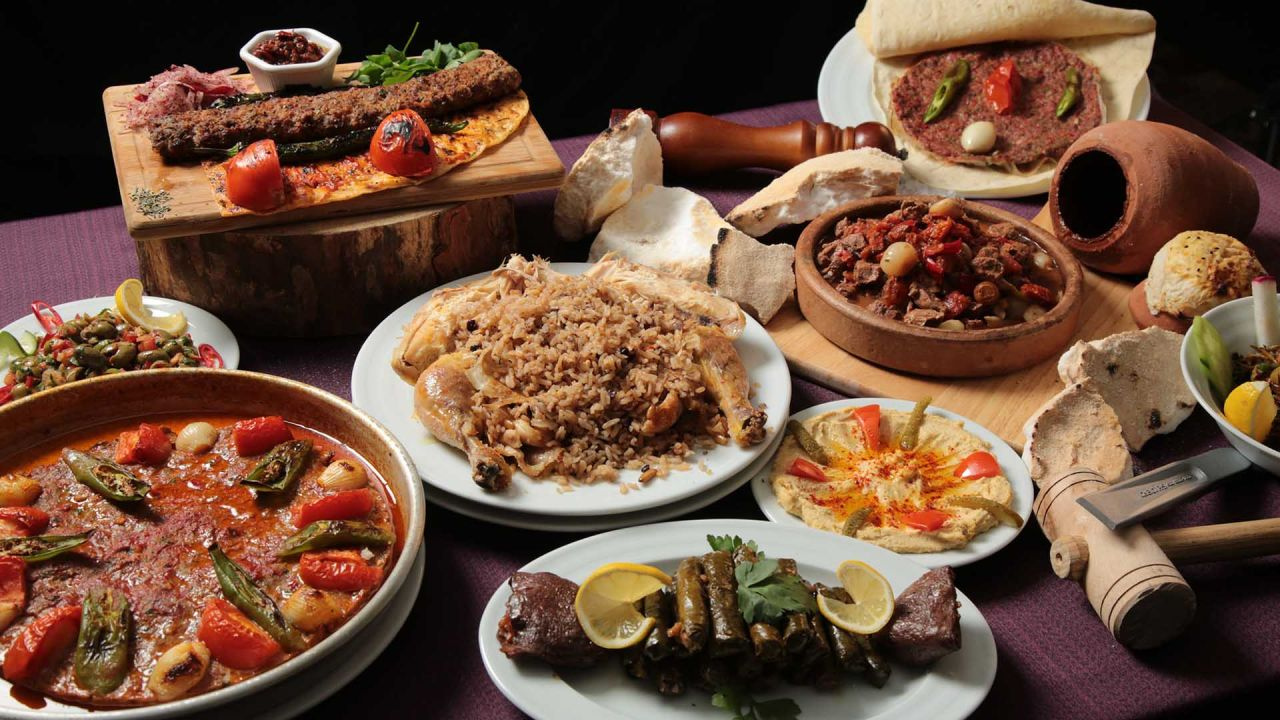The Ottoman Empire, which ruled all over the world for hundreds of years, both influenced and was influenced by the food culture in the places it touched. As a result of this global interaction, Ottoman palace cuisine dishes emerged, but the Ottoman palace cuisine sections are perhaps one of the most striking parts of this culture.
The Ottoman Empire, which was established as a small principality and then turned into a state and eventually an empire; It has ruled all over the world for hundreds of years, and there has been an interaction between these regions in both political and cultural terms. The area where we see this interaction most clearly is the Ottoman palace kitchen. because the most important area that shows the richness of a culture is its food.
Of course, Ottoman palace cuisine dishes are such a deep field that volumes of books can be written, but there are also sections of this cuisine. The Ottoman palace kitchen, in which a much stricter protocol order was established with Fatih Sultan Mehmet, became a machine that works smoothly thanks to these sections, and most importantly, sometimes a special meal for the sultan It has also become feasible for thousands of people who have come to the place.
Ottoman palace cuisine established on an area of thousands of square meters in Topkapı Palace:
Of course, since the first day of the Ottoman establishment, There was a special culinary culture from the Turkish-Islamic tradition. However, the area, which we consider in a special category as the Ottoman palace cuisine, was shaped on the kitchen built by Fatih Sultan Mehmet between 1475 and 1478.
An area of 5250 square meters was built in Topkapı Palace. Ottoman palace cuisine is also known as matbah-ı âmire. In addition to the kitchen section, there is a ward for the employees, a cellar where the food is stored, a fountain, a mosque for worship and a hammam for bathing. In other words, this area was a kind of living space for those who tried to raise food for the palace people.
Kitchen workers consisted of hundreds of people:
The Ottoman palace cuisine served an average of 4 thousand people every day. But some days, the same kitchen was preparing meals for more than ten thousand janissaries and guests. All these dishes were prepared by a team of 60 masters and 200 patchworkers. Of course, when we add the assistants, landlords and special servants to these, the number of people working in the kitchen was more than 500 according to the figures of the 18th century. According to some sources, he was working as a dessert shop.
Of course, almost none of these employees were doing the same job. There were special groups specialized in dough, sweets, bagels, vegetables, rice, kebab and similar areas. Each of these groups served in their area of expertise. There were also sections of Ottoman palace cuisine. So not every cook was cooking for everybody. In particular, the sultan’s meals were carefully prepared by a separate department.

Everyone’s duty is clear: Ottoman palace cuisine sections and features
- Kushane Cuisine
- Has Kitchen
- Valide Sultan’s Cuisine
- Kizilagasi Cuisine

Kushane Cuisine:
Kuşhane Kitchen, which is the most important part of the Ottoman palace cuisine, is the section where special meals for the sultan are cooked. The cooks working in this department were chosen from among the most reliable people among Zülüflü Baltacılar. These dishes, which were special to the sultan, were not cooked in large cauldrons, but in special single pots. Kuşhane Kitchen officials used to take all the belongings of the sultan when he was going to go on a campaign and go with him on the expedition.
Has Kitchen:
Although it is considered one of the most important parts of the Ottoman palace cuisine, it is actually a more autonomous structure. In Has Kitchen, to the princes, important families from the harem people and the viziers of the council food was cooked.
Valide Sultan Cuisine:
Valide Sultan Cuisine, as the name suggests, especially for Valide Sultan to other important women of the harem It is the cooking part. Like all other kitchen departments, there was a chef who controlled all the works in Valide Sultan’s Kitchen.
Kizlaragasi Cuisine:
Although Kizlaragasi Cuisine is at the bottom of the Ottoman palace cuisine hierarchy, it is actually There are other subsections below. In the Kizlaragasi Kitchen, meals were prepared for eunuchs, doorkeepers and other important people. However, each of them was cooked by different cooks according to their own rank.

Ottoman palace kitchen officials, where being a master is not easy:
- Ustadan-i Matbah-i Has
- Chef
- Chef
- Fireside
- kebab shop
- Dessert Shop
- Dough
- Rice maker
- Fisherman
- Dessert Shop
- Helvacıbaşı
- Çaşnigirbaşı
- Hosafcibasi
- Peşkircibaşı
- Kilercibasi
Some of the officials in the Ottoman palace kitchen are like this. Some have to say because the titles given to those who work in this kitchen that serves thousands of people was constantly changing. For example, a good halva maker could quickly become a helva maker or a fisherman could find a place as a cook.
The most important of these officials is Üstündan-ı Matbah-ı Hastır. This person is the most experienced of the chefs in each department. Officer bearing the title of Üstün-ı Matbah-ı Has He set the menu, knew who would eat what, knew who didn’t like what, ordered special meals outside the general menu, and held the management of the entire kitchen section.
In addition to all these, such as Kilercibasi, Kilercibasi and Saray Aghas important people would have private cooks. When we add the journeyman and other staff working with each cook, the number increases considerably. When we look at it from this point of view, a system similar to the Ottoman administrative structure was also applied in the kitchen.

Ottoman palace cuisine dishes that we enjoy even today:
- Soups;
- Harem style eggplant soup
- Cesm-i nigar soup
- Kavata soup
- Buttoned sultan’s pot
- Meir Soup
- Lentil Soup with Noodles
- toyga vaccine
- Almond Soup
- Chestnut Terine Soup
- Soup with yoghurt
- Noodle soup
- Tripe soup
- Fish soup
- Wedding soup
- Main dishes;
- Beyrani
- Onion Eggs
- setting
- Meatballs with hunk of dough
- chicken kebab
- mutancana
- stuffed mackerel
- stuffed melon
- Pastry
- agate
- Rice and tas kebab
- milk kebab
- Desserts;
- Kazandibi
- Revani
- kadayif
- Kaskul
- queen finger
- Halvah
- Almond butter
- Zerde
- Rice pudding
- palace bite
- chicken breast
Some of the most popular dishes of the Ottoman palace cuisine are like this. Although many of them are from the dishes we eat even today, most of them are not prepared with the same recipes. For example, these dishes, many of which we cannot think of as tomato paste today. Until the 19th century, it had to be made without using tomatoes or tomato paste in the Ottoman Empire. Because, as we have explained here before, tomato is a much newer vegetable for us than we think.
The place of Ottoman palace cuisine in the world:
Even though we emulate foreign culinary cultures today, Ottoman cuisine is considered by many gastronomy experts to be one of the three richest cuisines in the world. Because what we call Ottoman palace cuisine Anatolian, Balkans, Aegean, Caucasian, Syrian and Lebanese culinary cultures It is a successful mix. In fact, this mixture has developed over many years and has achieved its own unique style.
Each with its legendary dishes and sections with strict rules. We talked about interesting information about Ottoman palace cuisine. I wonder if there was a cook who was beheaded because he put a little too much salt?
